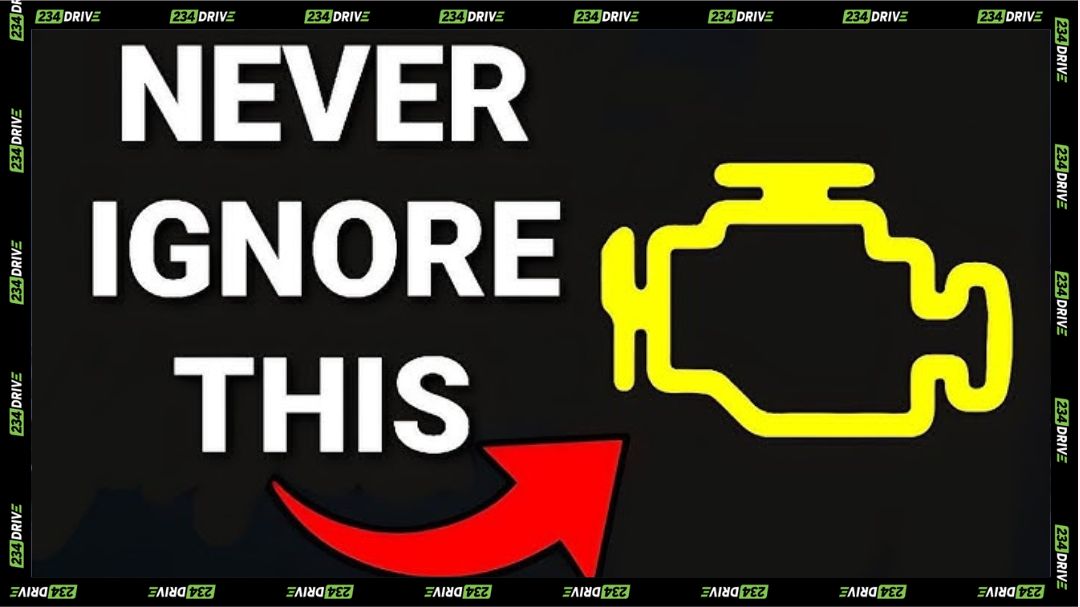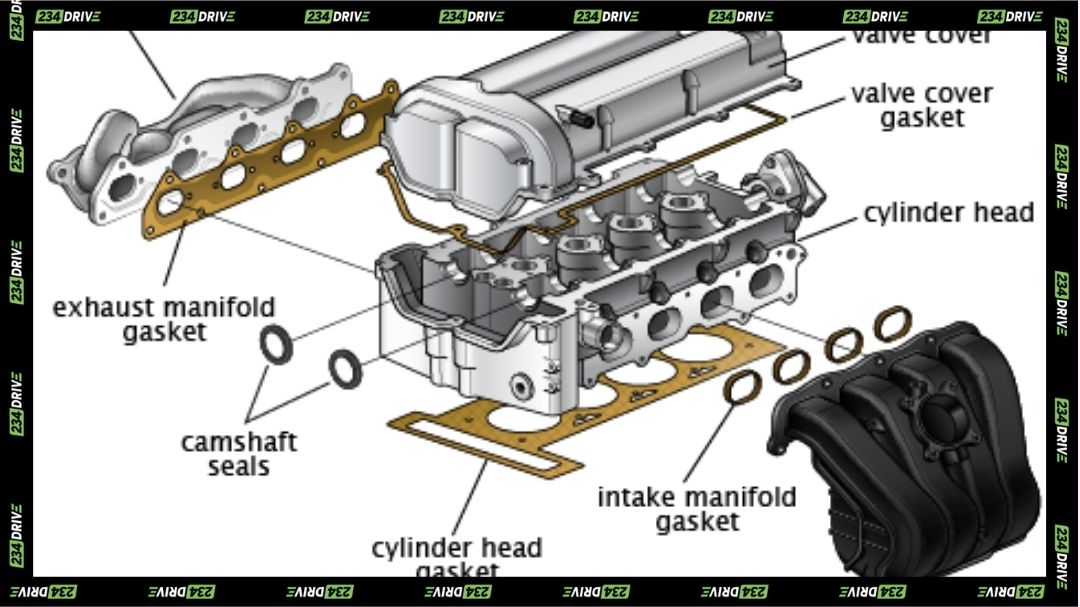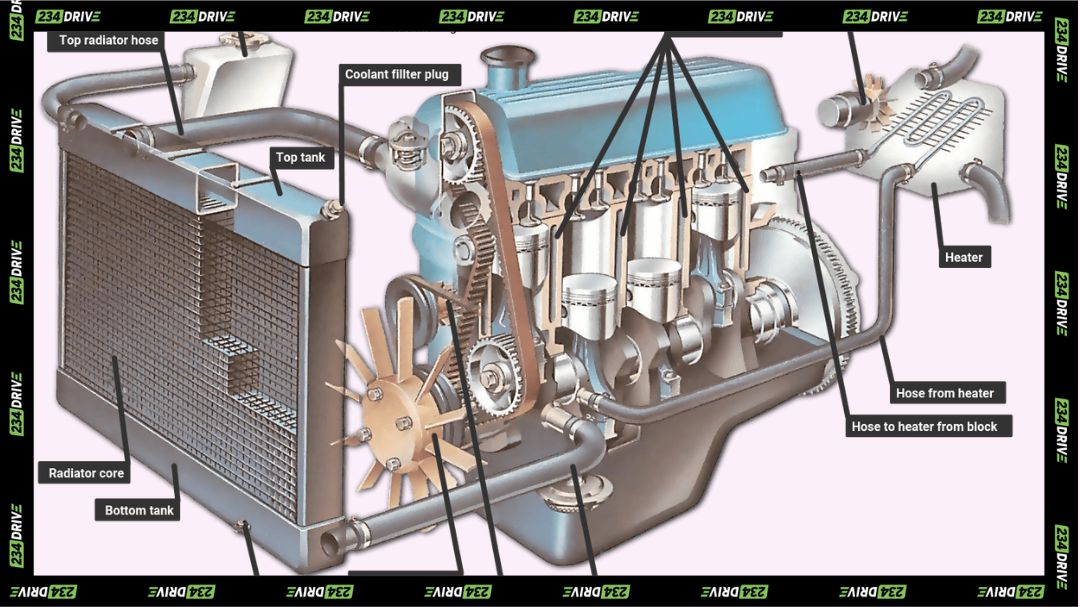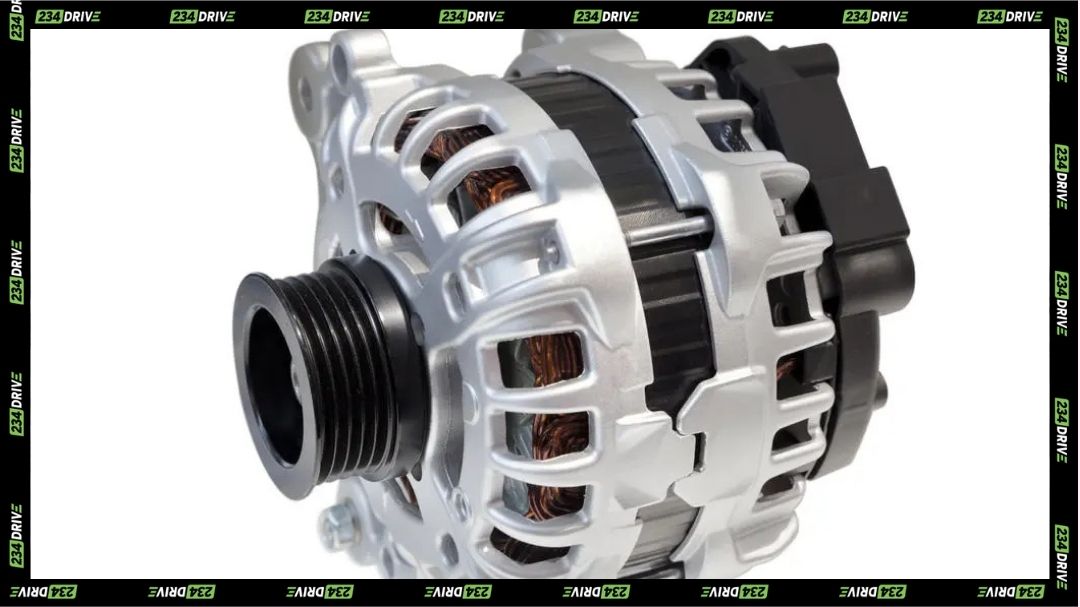Spotting fake engine oil is a skill you need in 2025, especially with counterfeit products flooding markets and damaging engines at scale. Fake engine oil has become a quiet problem for car owners, mechanics, and anyone who services their vehicle, and understanding how to avoid it helps you protect your engine, your wallet, and your car’s long-term health.
A big part of the issue is how advanced counterfeiters have become. Many refill used bottles, redesign labels, or dilute base oils to mimic popular brands like Mobil 1, Castrol, or Pennzoil. The packaging looks convincing at a glance, which is why drivers often don’t realise they’re using the wrong product until the engine starts running hotter, making noise, or showing early signs of wear.
Packaging Red Flags
When you look closely, genuine engine oil has small but important details. The seams are clean and tight, labels are perfectly printed, seals are firm, and QR codes scan instantly. Counterfeit oil often gives itself away through sloppy packaging: faded text, rough edges, loose caps, or batch numbers that don’t match the manufacturer’s style.
Physical Tests: Smell, Texture, Colour
The smell and feel of the oil matter too. Real synthetic oil has a mild, neutral scent and feels smooth when rubbed between your fingers. Fake oil tends to have a sour, diesel-like smell and leaves a sticky residue. If you pour it into a clear container, genuine oil stays honey-like and clear, while counterfeits often look cloudy or darker than usual.

Pricing and Seller Checks
If the price looks too good, it usually is. Any deal that’s more than 30% below normal market price should raise suspicion. Always buy from authorised dealers or recognised service centres. Many brands now include verification apps, holograms, and anti-counterfeit tech that confirm authenticity with a single scan.
Why Fake Engine Oil Is Dangerous
Using fake oil harms your engine faster than most people expect. The additives in real oil protect against heat, friction, and sludge. Counterfeit oil lacks those additives, so it breaks down quickly, causing metal parts to grind directly against each other.
This leads to overheating, poor fuel efficiency, and in the worst cases, complete engine failure. Some drivers even report losing 20% of their fuel economy after unknowingly using fake oil.
Choosing the Best Oil for Your Car in 2025
Choosing the right oil depends on your car. There’s no universal “best” oil because engines have different needs. The owner’s manual remains the most reliable guide. It tells you which viscosity to use, such as 0W-20, 5W-30, or 10W-40.
Understanding Oil Types
There are four major oil types to know: conventional, synthetic blend, full synthetic, and high-mileage synthetic.
- Conventional oil works for older cars but needs frequent changes.
- Blends offer better stability at a reasonable cost.
- Full synthetics provide the strongest overall protection.
- High-mileage oil is ideal for cars with over 75,000 miles (120,700 km).
Considering Driving Conditions
When choosing oil, consider your driving habits in detail. If most of your trips are short (less than fifteen minutes), the engine rarely reaches optimal temperature. Oil doesn’t circulate fully, moisture remains trapped, and cheap or low‑quality oils break down faster. In situations like this, a full synthetic oil is far more reliable because it handles repeated cold starts without losing stability.

If you drive in heavy traffic daily, especially in hot climates, your oil faces consistent idling and elevated temperatures. These conditions thin out weak oil and speed up oxidation. Drivers who tow, carry loads, or drive on long uphill routes also expose their engines to extra stress, making a higher‑viscosity synthetic blend or full synthetic the safer choice. Dusty environments demand similar caution, dust entering the air intake and crankcase contaminates oil quickly, so you need an oil that disperses particles effectively.
At-Home Testing Tips
Some drivers ask how they can test oil at home. While professional labs give the most accurate results, simple checks still help. These tests can reveal obvious counterfeits or degraded oil before they harm your engine.
A cold‑flow test is simple but useful. Place a small sample of the oil in a sealed container and leave it in the freezer overnight. Real synthetic oil stays fluid, even at very low temperatures, because it is engineered to resist thickening. Fake oil often becomes jelly‑like, forms clumps, or solidifies completely. If the oil cannot flow after freezing, it lacks the additives and base‑oil quality found in genuine products.
Behaviour Monitoring
Monitoring how your car behaves after each oil change is one of the easiest long-term checks. If you suddenly hear more engine noise like ticking, knocking, or rough idling, your oil may not be providing enough lubrication. Reduced power, sluggish acceleration, or hesitation under load can also indicate poor oil quality. Another sign is increased fuel consumption, as the engine works harder due to friction. If any of these symptoms appear shortly after an oil change, change the oil again immediately and assume the previous oil was either fake or low grade.
Final Thoughts
Avoiding fake oil comes down to paying attention to what goes into your engine. If the bottle looks off, the seal feels loose, or the oil’s colour and texture don’t match what you’re used to, don’t take the risk. Counterfeit oil always reveals itself through small details, and catching those early saves you from bigger, more expensive problems.
Stay alert to how your car behaves after every oil change. If the engine feels heavier, gets louder, or starts burning more fuel, assume the oil isn’t doing its job and replace it immediately. Stick to verified sellers, check the packaging every time, and treat your engine oil as something worth double‑checking—because it’s the one thing your engine can’t afford to get wrong.









